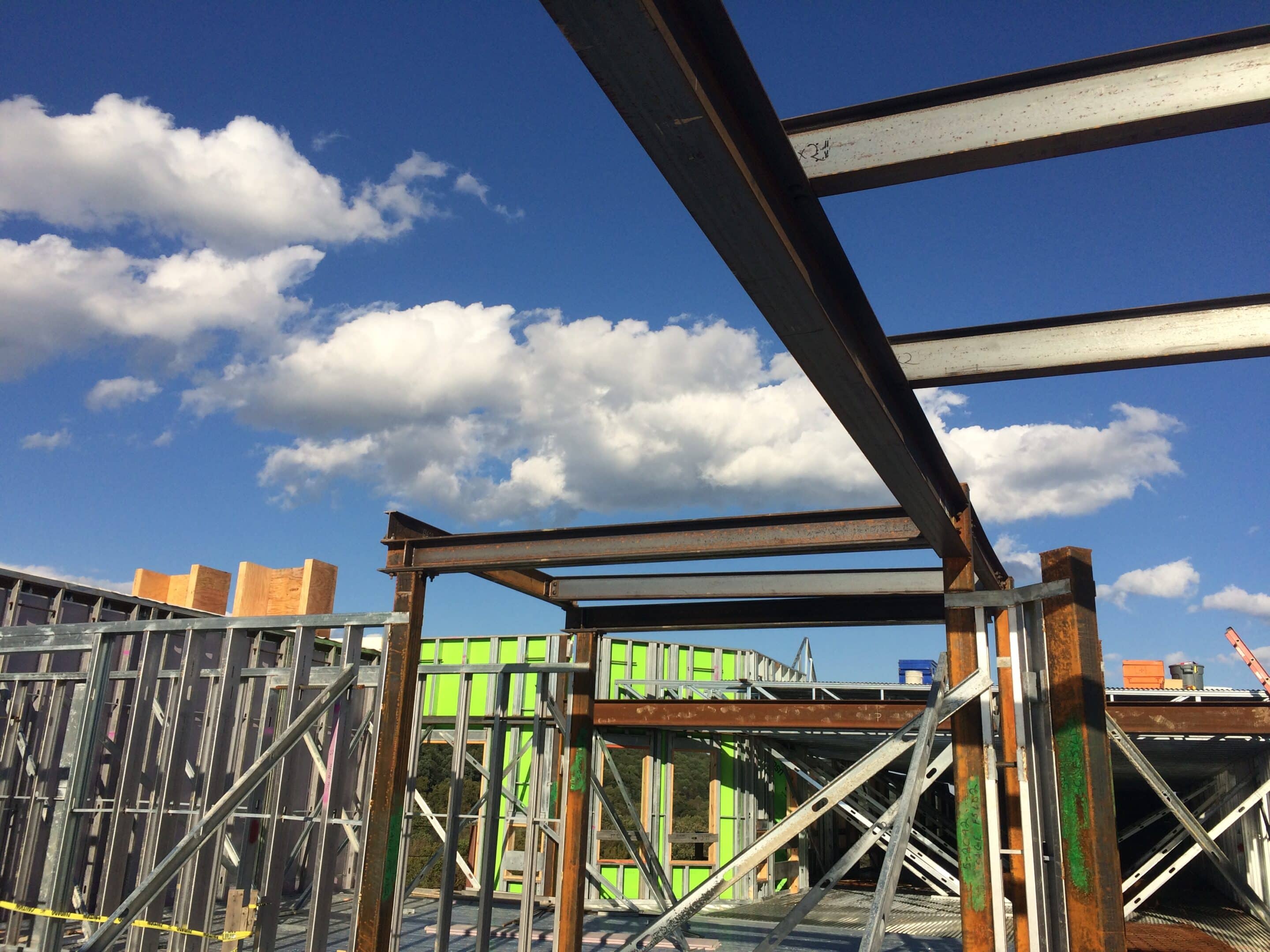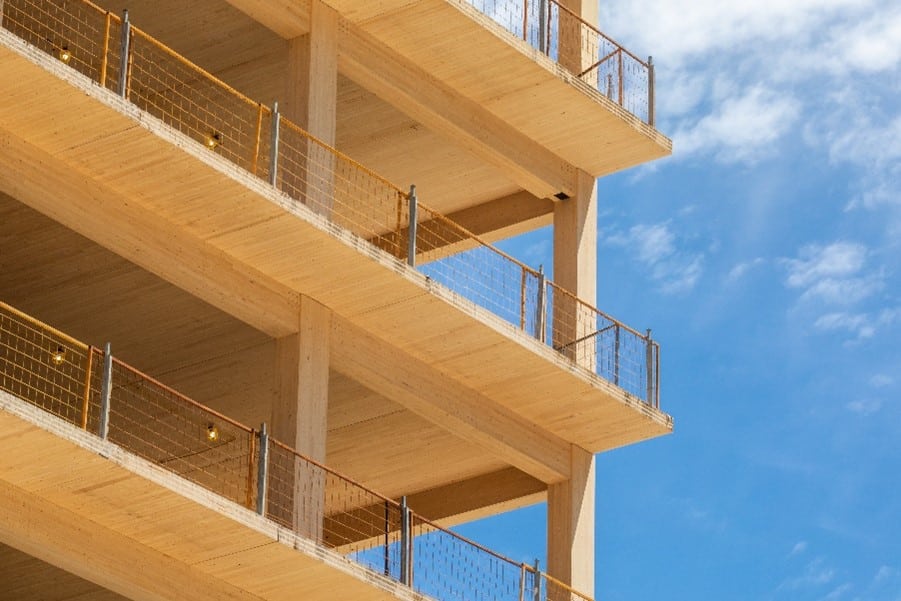Choosing the correct structural systems and materials is important for the success of any construction project. The materials used must not only meet the structural requirements but also adhere to building codes and regulations. In this article, we will discuss the essentials of selecting building materials for your structural engineering project.
Understanding the Structural Requirements
Before selecting any building materials, it is important to understand the structural requirements of your project. This includes the load-bearing capacity, durability, and stability needed for the structure. The type of structure, whether it is a residential or commercial building, industrial structure, or bridge, will also play a role in determining the materials needed.
Consider the Environmental Factors
Environmental factors such as typical weather conditions, seismic activity, and soil conditions should be taken into consideration when selecting building materials. For example, if your project is located in an area prone to earthquakes, the detailing requirements for certain materials may make their use cost-prohibitive.
As another example, if the project is located in a coastal region and the structural elements are not protected by the building enclosure, it would be prudent to use materials that are highly resistant to corrosion or have been modified for enhanced protection. Some examples would be aluminum, galvanized steel, treated wood products, and higher-strength concrete.
Adhering to Building Codes and Regulations
Building codes and regulations are put in place to ensure the safety and structural integrity of buildings. Adhering to these codes and regulations when selecting building materials for your project is important. Failure to do so can result in costly delays and even legal consequences.
Familiarize Yourself with Local Building Codes
Building codes and regulations can vary at the state, county, or even city level. It is important to familiarize yourself with the specific codes and regulations in the area where your project will be located. This will ensure that the materials you choose meet the necessary standards and will pass inspections.
Many local codes may specify structural design criteria such as ground snow load, seismic accelerations, or even seismic design category (regardless of site classification). These may differ from the criteria that would be determined from ASCE 7 maps and procedures.
Other codes may require stricter approvals or inspection of building materials. For example, the 2022 Connecticut State Building Code requires special inspections for metal building systems which are not present in the 2021 International Building Code on which it is based. The 2023 Florida Building Code requires all exterior enclosure materials and systems to meet impact test requirements for buildings in High-Velocity Hurricane Zones. Local requirements such as these can affect the price, installation time, or applicability of certain materials.
Consider the Fire Rating
Fire rating is an important factor to consider when selecting building materials. The fire rating of a material refers to its ability to resist degradation in the presence of fire and prevent the spread of flames. This is especially important for commercial buildings and high-rise structures.
Materials and assemblies with a higher fire rating may be more expensive, but are typically required for structures which exceed certain thresholds such as height or number of occupants, or based on the type of occupancy (e.g. facilities with occupants that would require assistance to evacuate during a fire).
Many common structural framing assemblies have pre-assigned fire ratings, reported as a number of hours of fire resistance, which can be found in designs categorized by UL Solutions. These are commonly referred to as the assembly’s “UL.”
Choosing the Right Materials
Now that you have a better understanding of the potential environmental factors and building code requirements, it is time to choose the right materials for your project. Here are some factors to consider when making your selection:
Strength and Durability
The strength and durability of building materials are crucial for the structural integrity of a building. Materials such as steel, concrete, and wood are known for their strength and durability and are commonly used in construction projects.
When selecting materials, consider the intended use of the structure. Wood is often used for low rise residential structures where numerous interior walls are expected, as these break up the spans of the floor framing and allow thinner floors and lower vertical forces. In contrast, structural steel is often used for industrial facilities or warehouses where large open spans are required and loads are highly concentrated into discrete columns. It is often the most cost-effective to choose materials such as these which have appropriate strength for the intended application.
Cost and Availability
The cost and availability of materials can also play a role in your decision-making process. Some materials may be more difficult to source in a specific location, which can affect the overall cost and timeline of your project. It is important to weigh the cost and availability of materials against their strength and durability to find the best option for your project.
Aesthetics
The appearance of a building can have a significant impact on its value and appeal. Many structural materials can be left exposed visually in a manner that amplifies the overall aesthetic of the building. As an example, many buildings recently constructed from heavy wood (timber) products leave the structural elements exposed to invoke a more natural feel. Choosing materials that are visually appealing and complement the design of the structure can add value to the project.
Conclusion
Choosing the correct building materials is vital for the success of your structural engineering project. To make informed decisions, it’s important to grasp the structural needs, comply with building codes, and weigh factors like strength, durability, cost, availability, and aesthetics. Adhering to these guidelines provides a path toward your successful building project.

Zane Clark, PE, SE
Zane Clark is the Structural Technical Lead for McClure, where he has been designing structures since 2015. Through his time at McClure, Zane has gained a familiarity with structural engineering using a variety of materials and specialized expertise in the design of multi-story load-bearing cold-formed steel (CFS) buildings. His current role at McClure involves providing quality control and code compliance reviews of drawings produced by the structural team as well as promoting technical education and training. He received his bachelor’s degree in civil engineering from the University of Missouri – Columbia and is a licensed professional engineer and structural engineer (S.E.). He is active with the ASCE/SEI Committee on Cold-Formed Steel Members which is producing a design guide for CFS structures – his contribution is on the design of CFS lateral force-resisting systems.
Learn More
Learn more about McClure’s Structural services or contact us at info@mcclurevision.com.




















